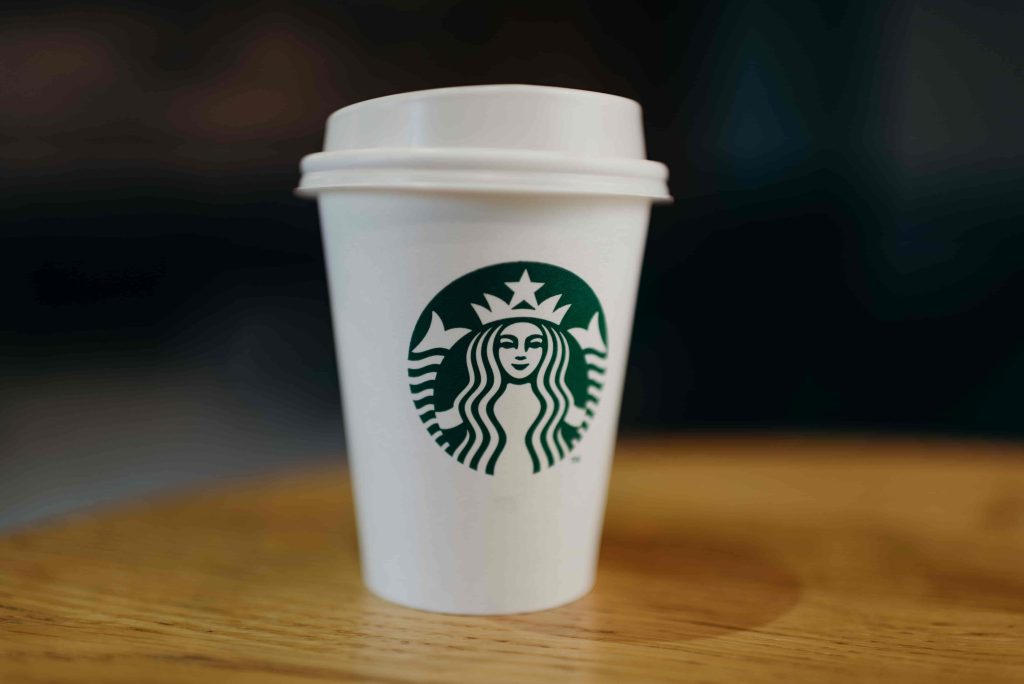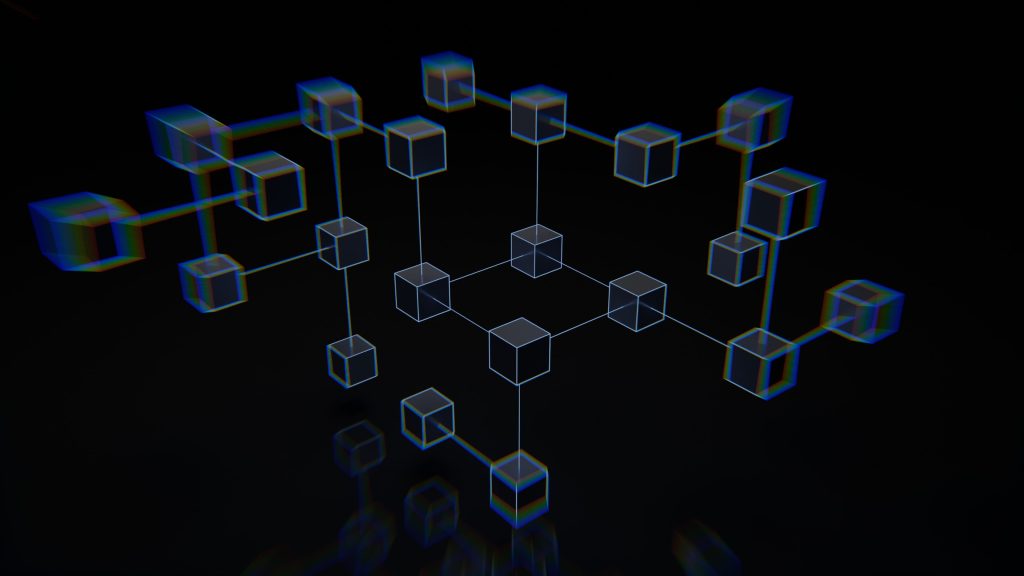
People are very skeptical about NFTs these days.
This is not a surprise. Those terrible cartoon apes that were popular for a few months do not give the best impression. And if it was not bad art, it was the fact that NFTs were an unregulated market based exclusively on hype.
But the technology behind NFTs has some very interesting potential applications.
So it is important to separate the technology of NFTs from the public perception of them. That’s what Starbucks has been doing. Their Odyssey program uses NFTs in a different way.
Let’s look at Starbucks Odyssey and see what lessons we can learn from this innovative loyalty program.

What Is Starbucks Odyssey?
Loyalty programs are a great way for companies to increase customer retention, engagement and, obviously, customer loyalty. It is far cheaper to keep customers than acquire new ones. So loyalty programs make a lot of sense for all types of commerce businesses.
Announced in September 2022, Starbucks Odyssey is an extension of Starbucks Rewards, the existing Starbucks loyalty program. But Odyssey works in a very different way than conventional rewards programs.
Odyssey offers a more community-focused experience to Starbucks customers. If you think about it, loyalty programs are a solo experience. You make purchases, earn points then redeem points. Sometimes the brand in question might advertise to you, if you are close to a store.
Starbucks Odyssey, powered by Web3.0 tech, gives the customer more flexibility. Customers can take part in interactive experiences called “Journeys”. When a journey is complete, customers earn something called “Journey Stamps”. These journey stamps are actually NFTs. They also earn bonus points for completing these journeys.
Starbucks Odyssey users can then trade these NFT “journey stamps” with other users. Users will also be able to purchase points with fiat currency.
Here is where things get very interesting.
Starbucks Odyssey has a market powered by Nifty Gateway. So through this gateway customers can purchase journey stamps with a credit card. This also includes a bonus point value that goes on their point balance.
Purchases like this do not need any cryptocurrency or crypto wallet. Customers can also buy limited edition one-off NFTs. These limited edition stamps will include charitable components, with donations to worthy causes.

How Is It Different?
Starbucks Odyssey is an example of how new web3.0 technology can change something that we are all used to (loyalty apps, cards etc etc).
What Odyssey does is introduce a new market element to the more traditional loyalty app experience. It also turns a solitary experience into a community focused one. Users can use their points to get everything from virtual classes to trips to Starbucks coffee farms in Costa Rica.
If the internal market in Starbucks Odyssey becomes popular, it becomes not only a hit brand new community platform. It becomes a whole new revenue stream for Starbucks. When users in Odyssey buy and sell NFTs to each other, Starbucks earns royalties on each transaction. This helps the app to first pay for itself, then become a source of profit.

Are Blockchain-based Loyalty Schemes The Future For Commerce Brands?
If you want to build a conventional loyalty program, with an app, then bolting on blockchain functionality does not make any sense.
New forms of technology, like web 3.0, need a change of mindset. A program like Starbucks Odyssey is more like designing a game. It’s about creating narratives, not a marketing technology exercise. Plus it is a shift in what we think customer loyalty is.
A program like Starbucks Odyssey goes from a simple exchange between customer and brand to an open marketplace with its own internal economic forces. Again, this ties to the gaming space. Like them or loathe them, many games have had internal transactions and marketplaces for years now. So while web 3.0 technology and its applications in commerce are new; there have been examples of this type of shift before.
If companies can adopt a new creative mindset, then both blockchain and web 3.0 have almost limitless potential. Especially in the customer loyalty space. Imagine going into a shop and buying a new pair of limited edition trainers that you love. But you then receive the NFT version of those trainers, via a loyalty app, before you even leave the store? Or perhaps the reverse could be true. A recent survey suggests that “84% of consumers would purchase an NFT if it was redeemable for a physical item”. This is something for B2C brands to think about.
These are the kinds of experience that web 3.0 could offer consumers. Starbucks is innovating, other businesses have to keep up.

Talk to MAQE
MAQE works with blockchain technology and we have years of commerce experience. If you want to talk about leveling up your customer experience with web 3.0 technology, get in touch via [email protected].
